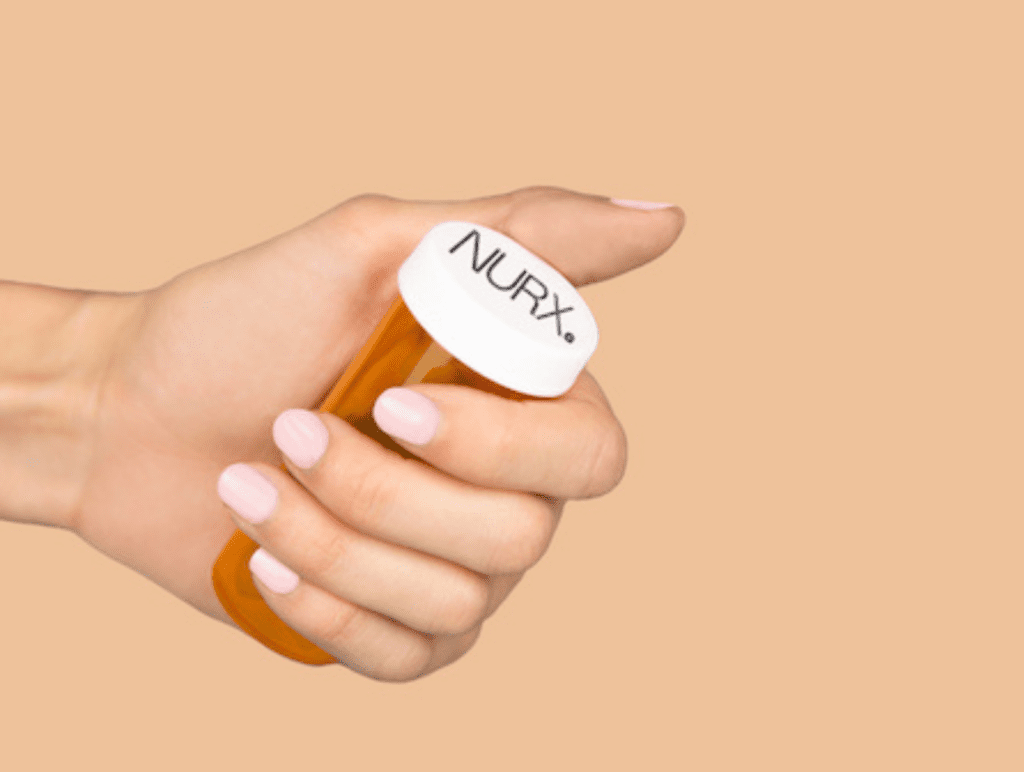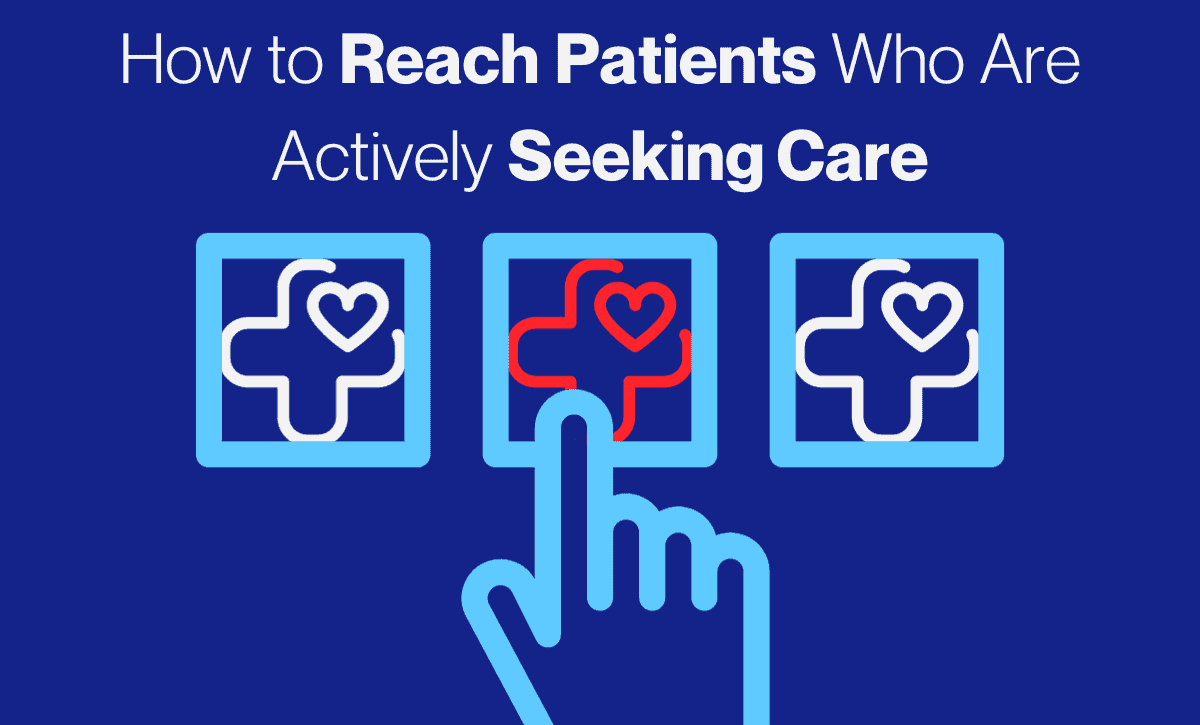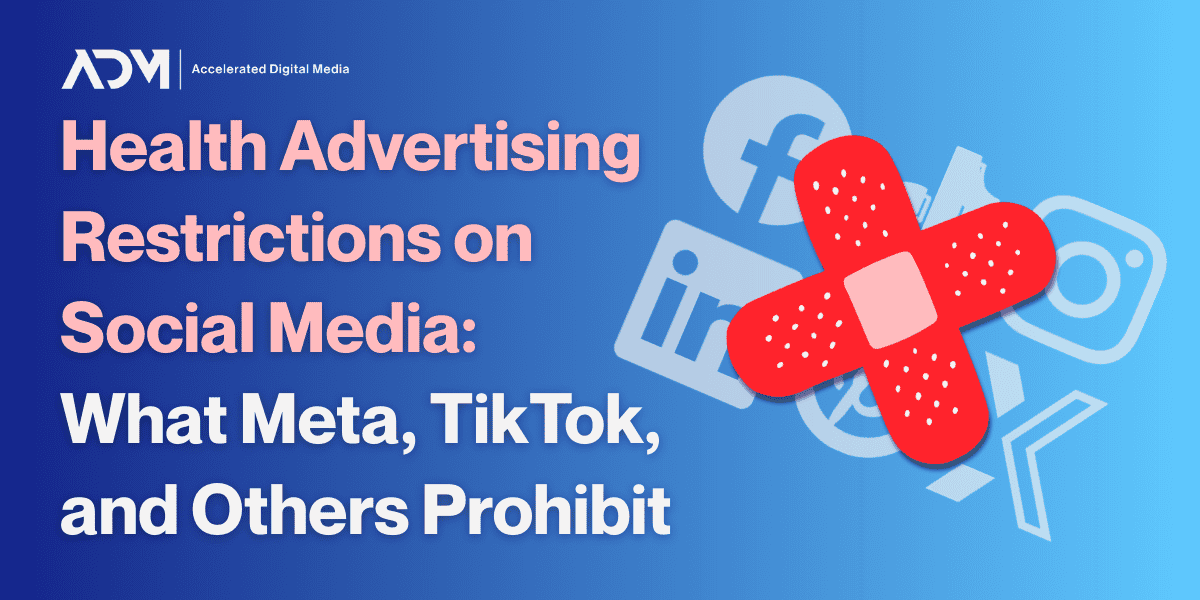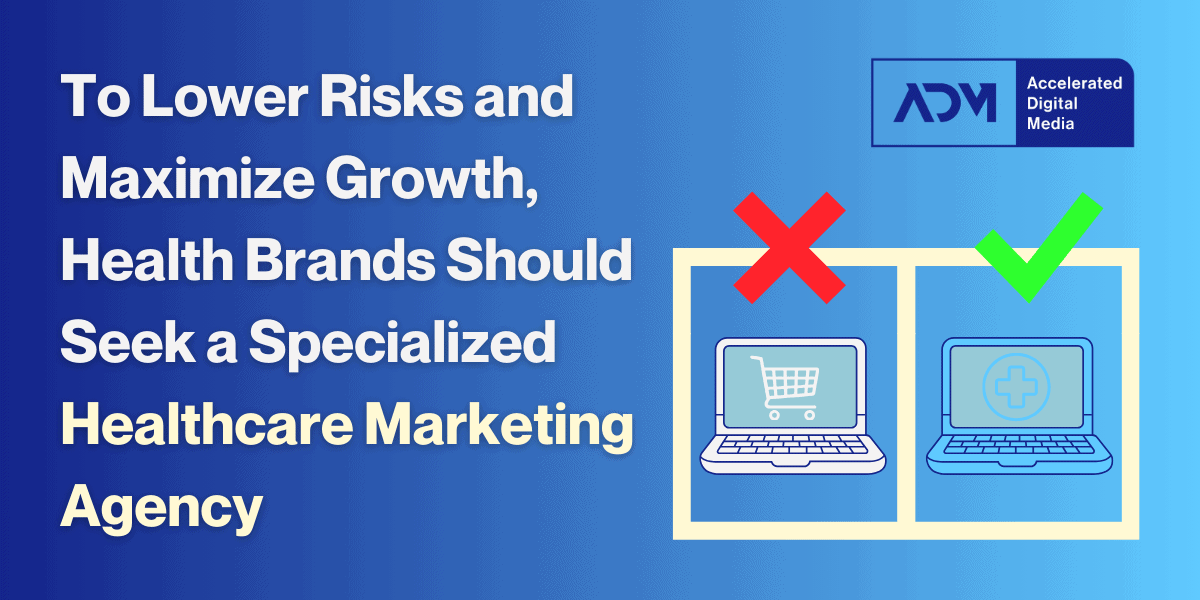Digital marketing serves as a powerful tool for connecting patients with healthcare companies and providers that can help them improve their wellbeing. As an expert healthcare marketing agency, ADM is currently developing a series of informative blog posts that outline effective strategies for engaging patients at different stages of their care journey.
Previously, we discussed patient acquisition during the research phase. Once patients have a deeper understanding of their diagnosis and treatment options, they enter a new phase: the evaluation and selection of care. Several elements influence these decisions. Well-crafted marketing campaigns should provide tailored content that addresses these considerations and more:
- The range of treatment options available for a specific condition, as some conditions may have multiple or alternative treatments.
- The availability of remote or in-person care.
- The necessity of medication for the condition.
- The relevance of insurance coverage to treatment or care.
This phase requires special attention as it represents the peak of patient search intent and conversion opportunities. Your campaign content across all channels should convey empathy, authority, and a sense of urgency. By leveraging programmatic, contextual, and HIPAA-compliant first-party data, you can finetune your patient acquisition strategy to make a greater impact.
How to Reach Patients Who Are Seeking Care
Search Engine Marketing
- Target high-intent keywords for increased traffic capture: Enhance your content by incorporating relevant high-intent keyword phrases, such as treatment, prescription, online, home, medication, etc. Place emphasis on medication names (both brand and generic), similar service providers, and your own brand to effectively attract the right audience.
- Implement conquest campaigns for competitive advantage: Utilize conquest advertising strategies designed to entice highly motivated patients from competitors by targeting keywords related to alternative treatment options, over-the-counter treatments, and physical locations.
- Create personalized landing pages for distinct patient groups: Affordability plays a crucial role in patients’ healthcare decision-making process. Develop dedicated landing pages that address pricing and payment options (insurance, self-pay, CareCredit, etc.) to significantly boost conversion rates.

Advertising Health Products Based on Insurance Status
Nurx prominently displayed accepted insurance logos on their landing pages, resulting in an impressive 222% growth in conversions from insurance-related terms year-over-year.
How ADM’s Paid Search Strategy Drove an Increase in Cash and Insurance Buyer Conversions
Social Media Marketing
- Incorporate targeted keywords in ad copy: Boost the effectiveness of your ad copy by including relevant keywords related to alternative treatment options, over-the-counter treatments, and physical locations. This optimization will enhance the visibility of your ads among a relevant audience and maximize the potential for conversions.
Programmatic Advertising
- Anonymized Lookalike Audiences Built with Real-World Data: Adtheorent Health and other health-specific Demand-Side Platforms (DSPs) utilize anonymized claims data to create compliant lookalike audiences. These predictive audiences are carefully crafted based on demographic information, eliminating the need for cookies or invasive data collection. Because they can be customized to specific health audiences, you gain the ability to deploy programmatic advertising to audiences actively seeking the type of care you provide.
- Collaborate with a reputable agency: Harnessing the true potential of programmatic advertising in the digital health industry can be a daunting task for marketers operating independently. Building fruitful partnerships with DSPs, ad networks, and technology providers, which are vital for running effective programmatic campaigns, requires significant time and capital investment.
Health marketing agencies have cultivated invaluable relationships that play a pivotal role in this context. Their expertise allows them to effectively leverage the benefits of programmatic advertising, such as mobile compatibility and geotargeting, to drive your cross-channel patient acquisition campaigns during the critical stages of the patient journey.
To learn more about meeting patients at each step along their healthcare journey, check out the full eBook below—and for any additional questions about healthcare digital marketing, reach out to the ADM team today.



